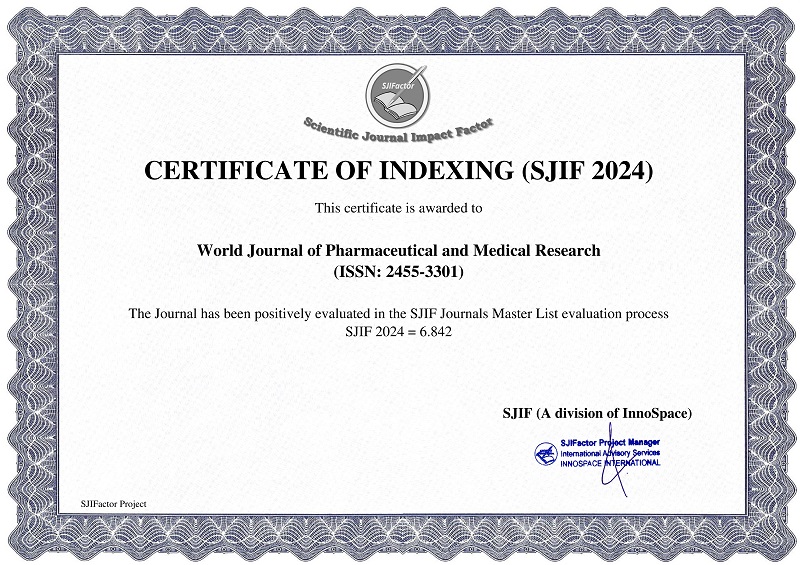ASSOCIATION BETWEEN FIBROBLAST GROWTH FACTOR- 23 AND APOLIPOPROTEIN A1 IN CORONARY ARTERY DISEASES OF IRAQI PATIENTS
Prof. Dr. Fadhil J. Al-Tu’ma*, Anaam Hato Kadhim and Saif Sami Al-Mudhaffar
ABSTRACT
Background: Coronary artery disease is a clinical sign coming about because of a narrowing of epicardial coronary corridors that supply blood and oxygen to the heart. It is correspondingly called coronary heart disease (CHD).Coronary artery disease is greatest generally because of atherosclerotic obstruction of the coronary supply routes. Fibroblast growth factor 23 (FGF23) is a circulating peptide hormone emitted by bone cells, managing phosphate and vitamin D metabolism. A few late observational investigations detailed a free relationship of flowing FGF23 with a few cardiovascular malady hazard factors including left ventricular hypertrophy and vascular brokenness, CVD movement and occurrence clinical CVD occasions and mortality. Apolipoprotein A1 (ApoA1) is the essential protein related with high-density lipoprotein (HDL) particles, and assumes a focal part backward cholesterol transport. HDL-cholesterol (HDL-C) and Apo-A1 concentrations are contrarily relative to the hazard for coronary artery disease. Aim: To investigate the role of fibroblast growth factor-23 in coronary artery disease besides to its relationship with apolipoprotein-A levels. Methods: A case-control study included 42 elective patients attending the cardiology unit and the results of those patients were compared with (40) healthy control group. Blood samples were obtained for measurements of (FGF-23, troponin I, Apo-A1, total creatine kinase activity, urea, creatinine and lipid profile) for all participants. Serum urea, creatinine, creatine kinase and lipid profile were measured by Dimension Siemens. While serum FGF-23, troponin I and Apo-A1 were measured by ELISA technique. Statistical analyses were done by using statistical package for Social Sciences (SPSS). Results: The obtained results showed that there was a significant differences in serum FGF-23 and apoA1 in coronary artery disease (367.52±128.52 pg/ml), (2.03±0.90 mg/ml) as compared with the control (165.41±53.65 pg/ml) (1.49 ± 0.25 mg/ml) (p< 0.005, P = 0.014) respectively. There was a significant differences in age and TG level between CAD (58.66 ± 8.85 year, 99.50 ± 21.59 mg/dL) and control group (51.125 ± 11.71 year, 142.05 ± 66.24 mg/dL) (P
[Full Text Article] [Download Certificate]



